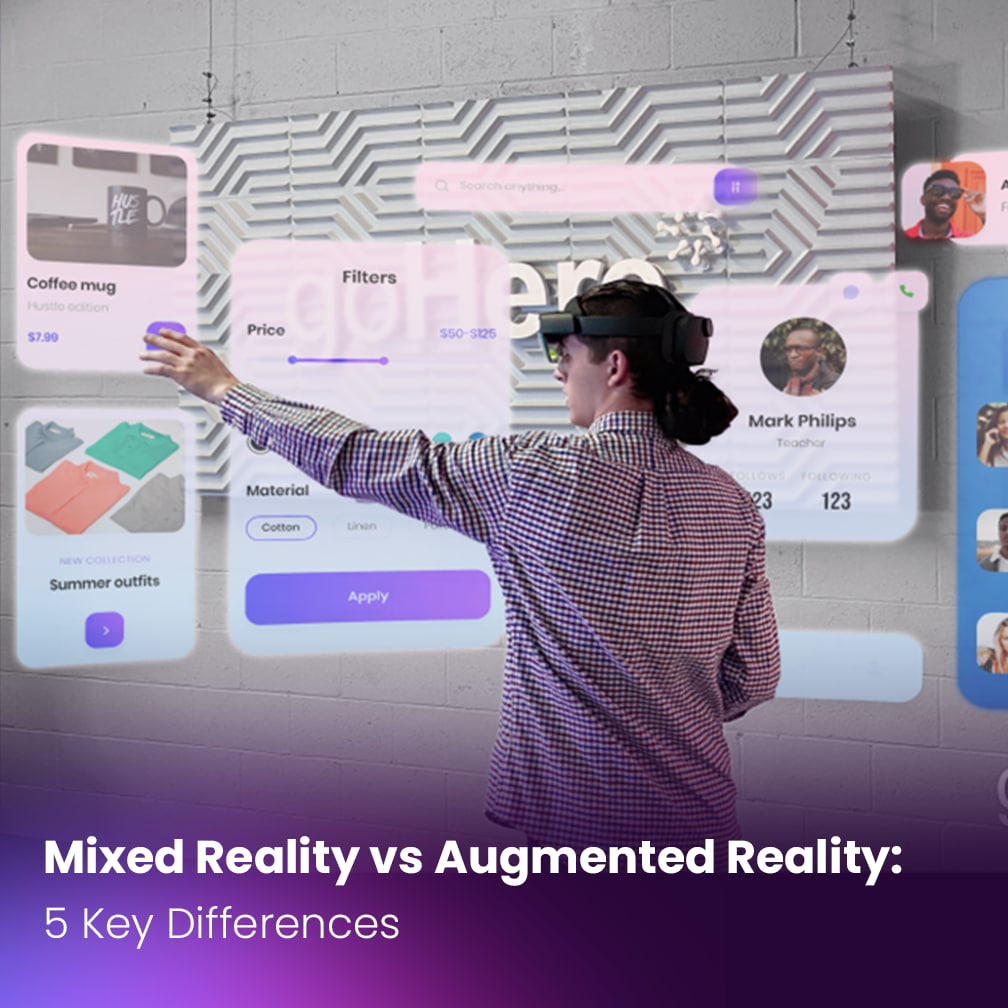
The digital landscape is constantly evolving, and with it, the concept of property ownership. This article explores the exciting world of spatial assets, digital representations of virtual land or objects within online environments.
Table of contents
Demystifying Spatial Assets
While traditional real estate focuses on physical locations, spatial assets reside within the digital realm. These can encompass a vast array of possibilities, from virtual islands and buildings to entire online platforms. The rise of virtual reality (VR) and online gaming has fueled the demand for these virtual spaces, creating a unique avenue for investment and creative expression.
Unlocking Investment Potential
One of the most compelling aspects of spatial assets is the accessibility they offer compared to traditional real estate. Unlike physical property, which often requires significant capital and complex legal procedures, spatial assets present a more approachable and fluid alternative.
Investors can acquire fractional ownership or even whole virtual properties with greater ease, allowing them to diversify their portfolios and potentially see significant returns in the future. This emerging market offers a captivating realm of possibilities for those seeking to navigate the digital frontier.
Building Thriving Virtual Communities
Spatial assets serve as a powerful foundation for the development of vibrant online communities. These communities, often built within specialized platforms, provide dynamic and interactive spaces for individuals and businesses to connect, socialize, and participate in diverse activities.
Whether it’s attending virtual events, exploring immersive environments, or engaging in virtual commerce, spatial assets foster a thriving ecosystem that redefines property ownership within the digital world. Imagine owning a valuable virtual space within a bustling online community, where your asset can be bought, sold, and traded in a flourishing marketplace.
FAQs about Spatial Assets
No, spatial assets are digital representations that exist solely within the virtual realm. Their value lies in their digital form, not a physical manifestation.
Yes, spatial assets can be listed for sale on dedicated marketplaces, allowing for easy trading and ownership transfer. The underlying blockchain technology ensures secure transactions.
The spatial asset market is still in its early stages, but it holds immense potential for investors. As with any investment, careful research and a strong understanding of market trends are crucial for success.
The Future of Property Ownership
The world of spatial assets represents a dynamic and transformative landscape, blurring the lines between the digital and physical worlds. It unlocks new investment possibilities and fosters the growth of thriving virtual communities.
By harnessing the power of spatial assets, individuals and businesses can explore a world of endless possibilities and shape the future of property ownership. So, embrace the digital frontier and delve into the captivating world of spatial assets today!
Remember, the spatial asset market is constantly evolving. Stay curious, adapt to emerging trends, and unlock the vast potential that lies within this exciting realm. Happy exploring!








